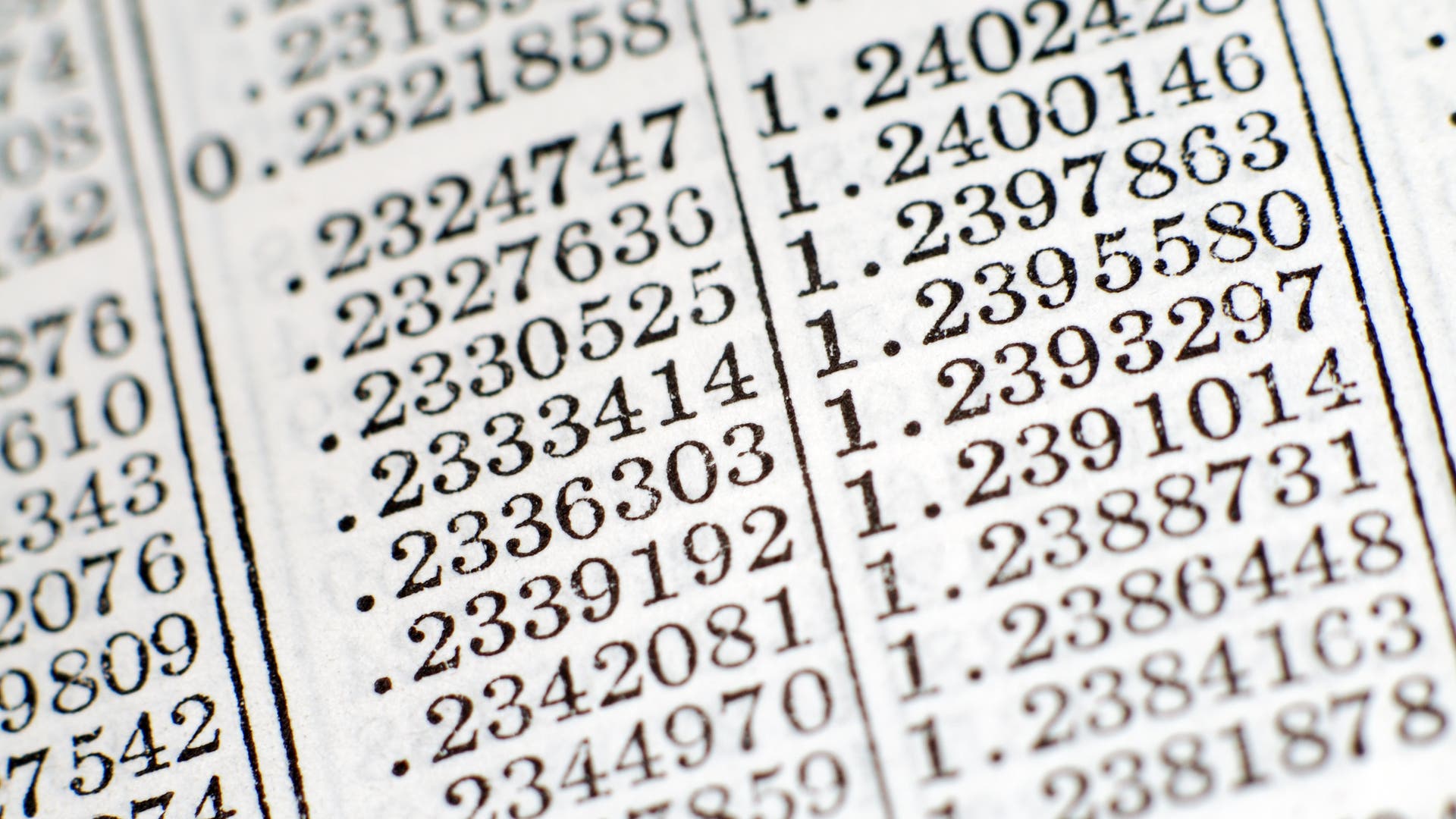Bianchini seemed ahead of his time at the time. However, not much attention has been paid to it in the history of science. This could change now. Because apparently Bianchini invented an important notation: the decimal separator. The mathematician Leonardo Fibonacci had already introduced fractional numbers in the 13th century, similar to the ones we use today. In the Middle Ages, if you wanted to specify a fractional value, you had to either use fractions or divide the number into subcategories, such as 3 hours, 6 minutes, and 15 seconds. But let's be honest: If you want to calculate something with pen and paper, notating the decimal in decimal places is often much easier.
Annoying conversion is no longer necessary
Mathematics historians have previously assumed that the German mathematician Christopher Clavius used decimal places for the first time in 1593. He used this notation to determine the values of the sine function for different angles. But historians have been wondering for a long time. Why did Clavius never mention this spell? Now van Brummelen found a possible answer to the question: because Clavius did not invent the decimal separator, but he already knew it.
Van Brummelen came across this discovery while teaching students at a math learning camp. In the evening he was thinking about “Taboulay Prime Mobilis B”, written by Bianchini around 1440. The text contains several trigonometric tables, including the sine table, which astronomers used to indicate the positions of the stars. As usual, Bianchini gave the angles in degrees, minutes and seconds. But the associated sine values, which from a physical point of view correspond to length, have decimal places in our decimal notation: the first decimal place corresponds to a tenth, the second represents a hundredth, and so on. After Van Brummelen found out, he got excited and ran through the dorm halls where the math camp was being held. This is understandable, because he found evidence that the use of decimal places is 150 years older than previously assumed.
Today, it is no longer possible to imagine a number system without decimal places. How else, for example, can one determine the numerical value of an irrational number such as π or √2? In addition, annoying conversion to random subunits is no longer necessary. Van Brummelen speculates that Bianchini's business training contributed to his discovery. With this background, and unlike other astronomers, he was not accustomed to arithmetic in the hexagram system – and he became creative.

“Total coffee aficionado. Travel buff. Music ninja. Bacon nerd. Beeraholic.”








More Stories
Coral Seeding: Artificial Insemination Makes Coral More Heat Tolerant
Fear, Anger, and Denial: How People Respond to Climate Change – Research
LKH Graz: Using radiation to combat heart arrhythmias